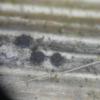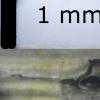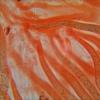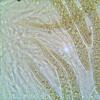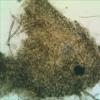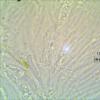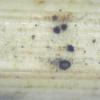
13-06-2013 23:08
 Maren Kamke
Maren Kamke
Hello again,A friend of mine found this one one gr

13-05-2010 11:12
Marja PennanenThese are naturally immature ;) Fruitbodies are

12-06-2013 18:11
 Norbert Heine
Norbert Heine
Hi friends,it seems, that we have a german found o

13-06-2013 11:37
 Rubén Martínez-Gil
Rubén Martínez-Gil
Hola a todos.Pongo unas fotos de especie que encon

13-06-2013 11:38
 Rubén Martínez-Gil
Rubén Martínez-Gil
Hola a todos.Pongo unas fotos de especie que encon

12-06-2013 13:49
Salvador TelloHola a todos. Encontré estos hongos en Somiedo,

11-06-2013 20:53
Hi again Someone knows where Godronia rosae is pub

04-06-2013 00:27
This Scutellinia was found on recently turned soil
Pyrenomycete on grass with long narrow spores
Maren Kamke,
13-06-2013 23:08
 Hello again,
Hello again,A friend of mine found this one one grass.
Perethecia 0,4 mm wide.
Spores are strawcoloured with septa and many guttules, very long an thin (114-140) 127,1 x 2 µm. Asci 8-spores, up to 230 x 9 µm, IKI negative, Paraphyses 3 µm wide.
Thanks for your help
Regards Maren
?
Björn Wergen,
15-06-2013 01:59

Re : Pyrenomycete on grass with long narrow spores
